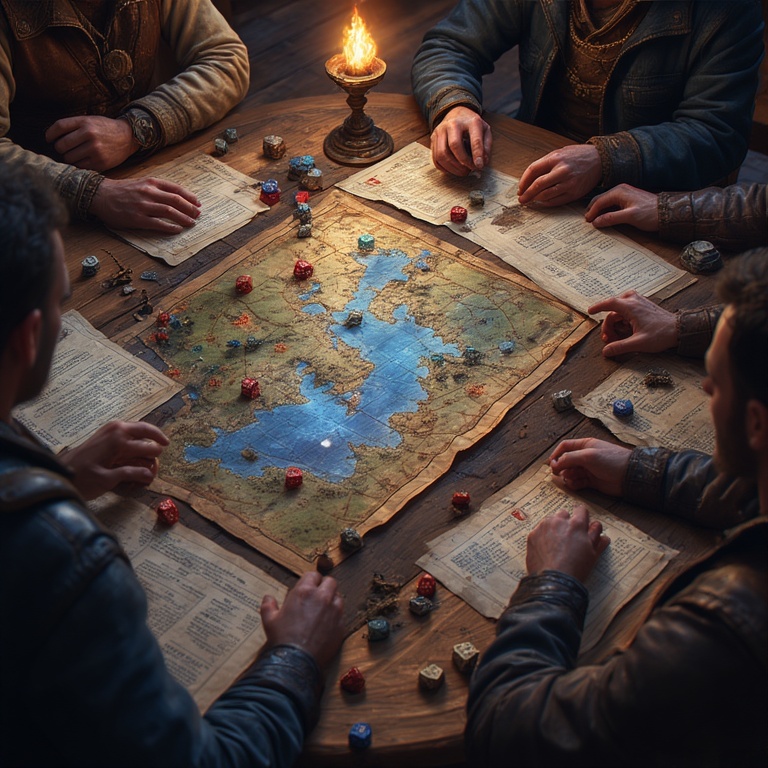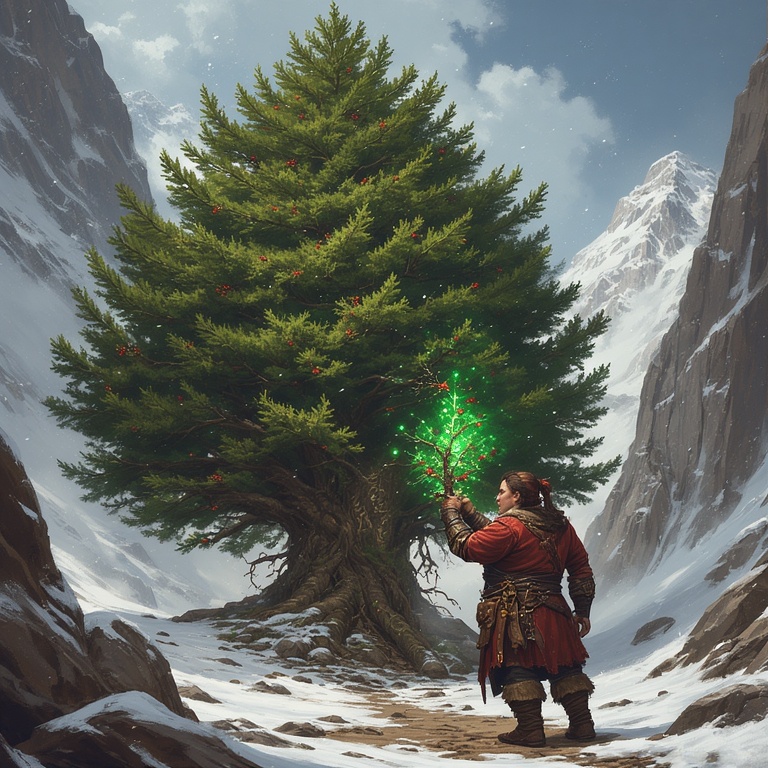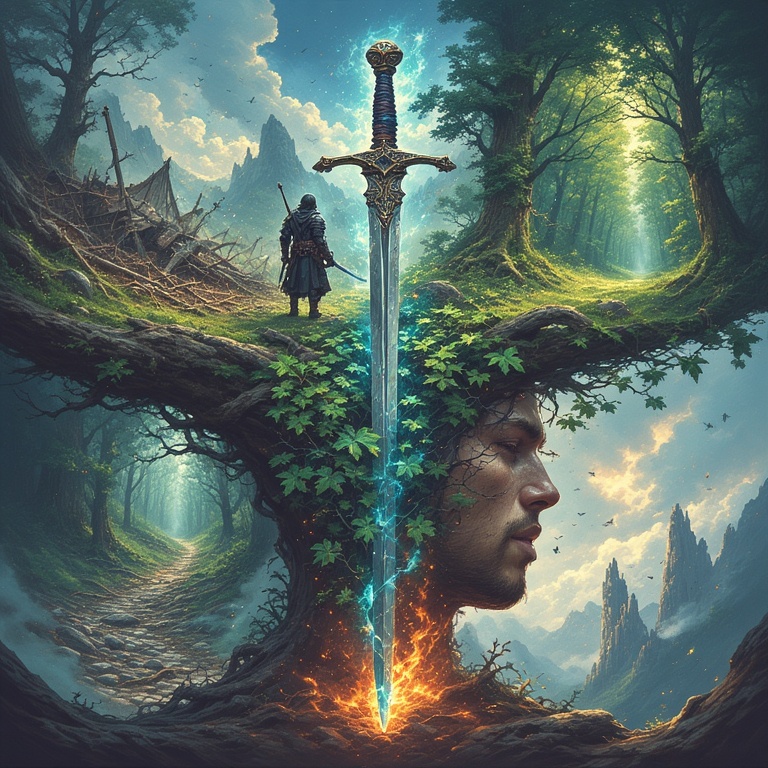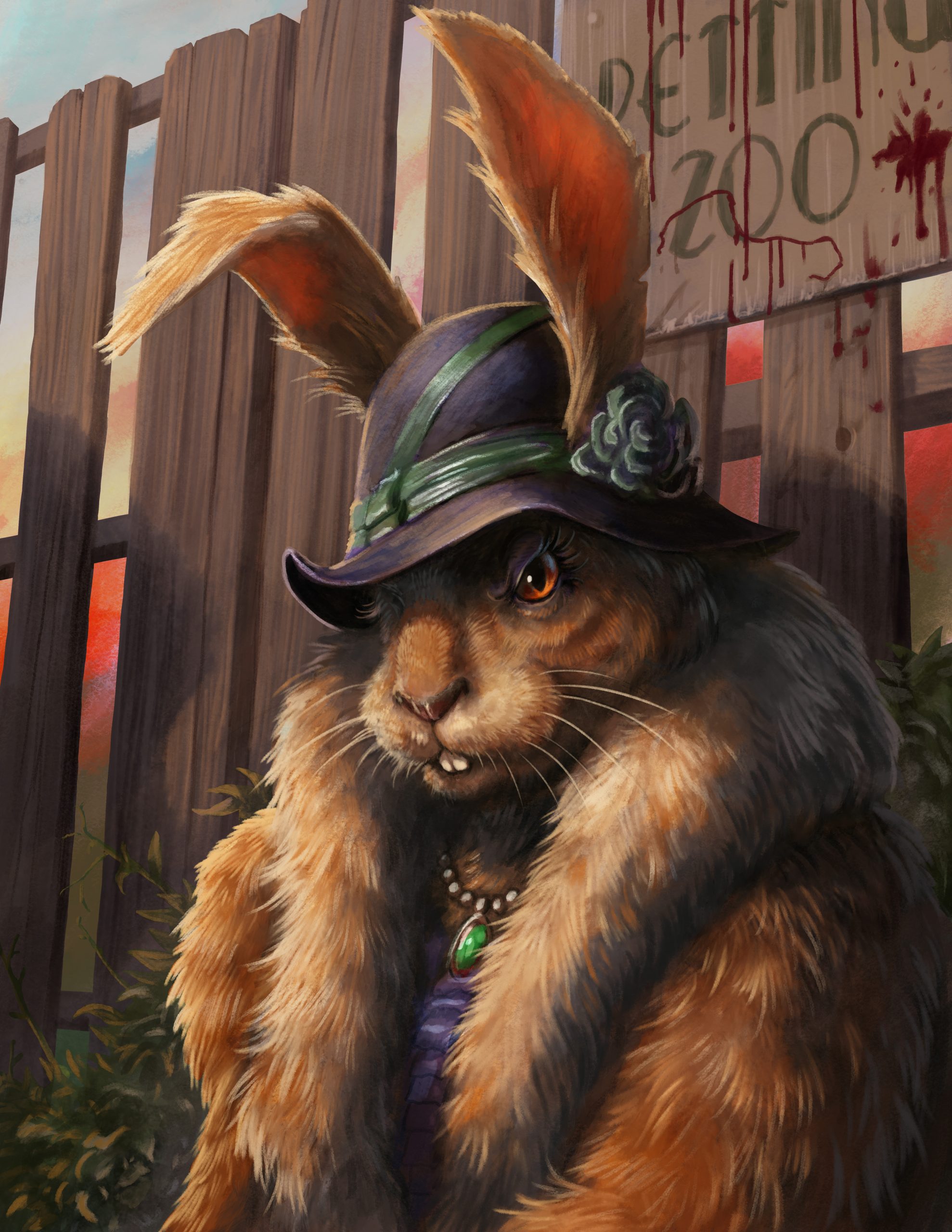
Embracing Eldritch Horror: Maintaining Mystery in RPG Campaigns
Using Dread, Sanity, and the Unknown Without Overwhelming Your Table

Aether, you know, that stuff that surrounds us…I’ll stop right there before the C&D arrives.
In worlds like Aether Skies, where ancient cities reappear veiled in madness and Aether pulses through corrupted engines, eldritch horror isn’t just a genre—it’s a weather pattern, a sickness, a whispering truth behind the sky.
But horror in tabletop roleplaying is a delicate art. Done well, it sends shivers down the spine and plants questions that bloom over weeks of gameplay. Done poorly, it can frustrate or alienate players—especially when their characters feel powerless, punished, or robbed of agency.
This post is your guide to integrating eldritch themes into your TTRPG campaigns in a way that’s eerie, effective, and deeply compelling.
🕯️ 1. Dread, Not Jump Scares: Slow It Down
Eldritch horror is at its best when it’s slow. The genre thrives on unease, not gore—on the creeping sense that something is wrong long before anyone says it aloud.
Techniques:
-
Foreshadowing: A mirror that shows a slightly different version of the room. A device that clicks once more than it should.
-
Environmental Decay: Lights that dim around certain objects. A room that’s always a few degrees colder.
-
Broken Logic: A hallway that should loop… but doesn’t. A message that’s identical no matter who writes it.
Player Tip: Don’t expect terror every session. Build tension gradually. Let players suspect the horror before they ever see it.
🧠 2. Sanity as Transformation, Not Punishment
Traditional sanity mechanics often feel binary or punitive: go mad, lose control, roll on a table. But in eldritch fantasy, madness should be a journey, not a punishment.
Sanity Mechanic Alternatives:
-
Sanity as a Resource: Let players spend “Clarity” to resist the unknowable—but risk gaining Insight, a second meter that warps perception.
-
Hallucinations as Gifts: Visions might offer prophetic truths or access to forbidden abilities—but using them brings you closer to the edge.
-
Revelations as Arcs: Reaching zero sanity doesn’t mean collapse—it means something speaks back. Now what?
Let your sanity system ask what your players are willing to learn—and what it will cost them.
🔍 3. Let Horror Be Personal, Not Just Cosmic
Eldritch horror becomes truly horrifying when it’s close to the characters.
-
The pilot’s mother appears alive in a ruin—but she remembers things she couldn’t.
-
The bard’s song summons emotions the party isn’t feeling. Whose memories are these?
-
The artificer’s machine dreams. It dreams of cities no one built.
Tie horror to backstories, ideals, or previous choices. The most effective fear is one that says: this didn’t just happen—it happened because of you.
🐚 4. Show Just Enough of the Monster
The unknowable should stay unknowable.
-
Don’t describe the horror in full. Instead, describe the reactions it causes:
-
“You try to scream, but your jaw forgets how.”
-
“Your armor rusts inward. Just inward.”
-
“The birds fall silent. All of them.”
-
This allows players to imagine something worse than you could describe. It also preserves the mystery, which is key to keeping horror sustainable.
🧩 5. Clues Without Answers: Building Mysteries that Haunt
Don’t write horror like a puzzle to be solved. Write it like a ritual to survive.
Let your players find:
-
Journals with blacked-out text that uncensors over time
-
Statues that slowly turn to face them over weeks
-
Stars that no longer match the chart—but one constellation always returns
And when they ask questions, give them truths that raise more questions.
🎮 6. Maintaining Player Comfort
Horror is powerful—but it must also be safe.
-
Use safety tools like X-cards, Lines & Veils, and regular check-ins.
-
Give players ways to resist or delay the horror, even if they can’t overcome it.
-
When a character “breaks,” let the player choose: terror, transformation, or temporary surrender. Don’t just seize control.
Remember: eldritch horror is best when it feels like a choice to go deeper, even if that choice was inevitable.
✒️ Final Thought: The Unknown Wants to Be Known—But It Shouldn’t Be
Incorporating eldritch horror into your campaign isn’t about shocking your players—it’s about unsettling them, slowly, until they realize they’re standing on a threshold that shouldn’t exist.
Then, you let them decide:
-
Step forward?
-
Or close the door, and live with the question?
Because in Aether Skies and beyond, some truths don’t break minds—they invite them in.
Thanks for reading. Until Next Time, Stay Nerdy!!










No Comments